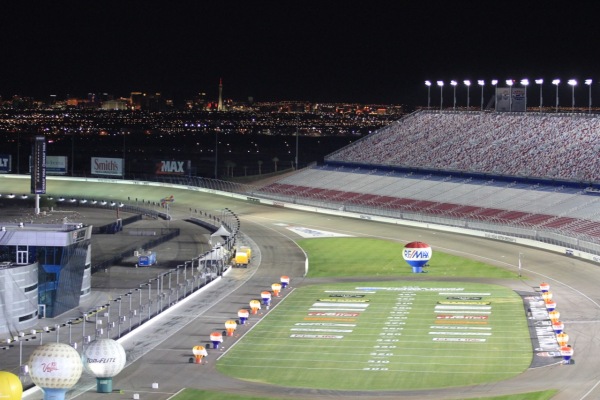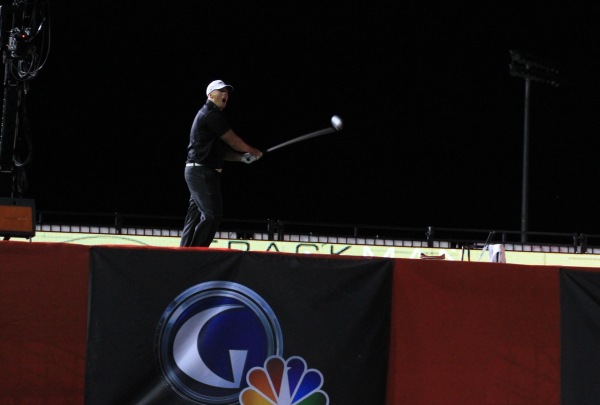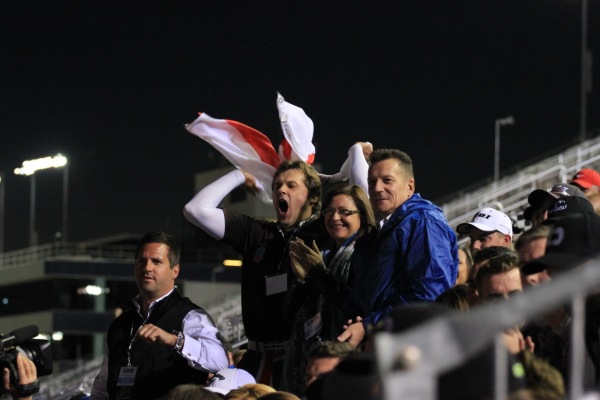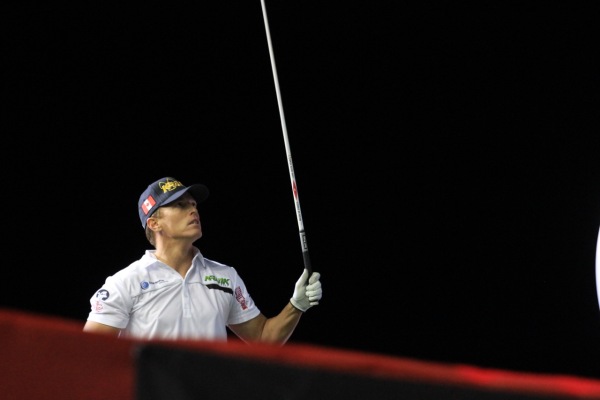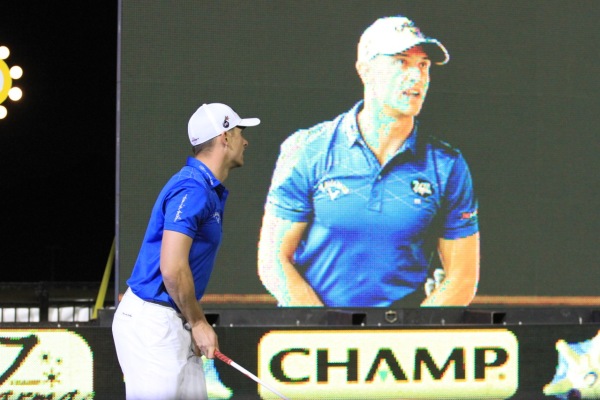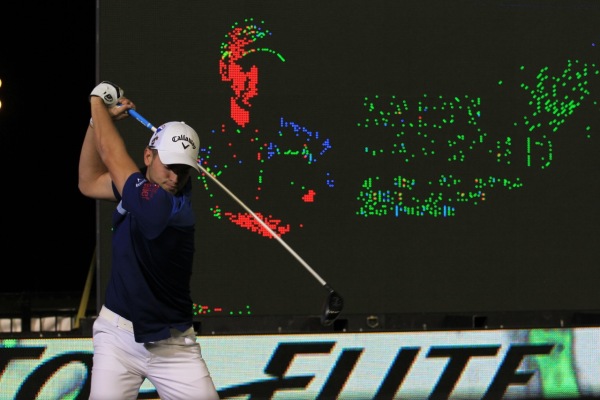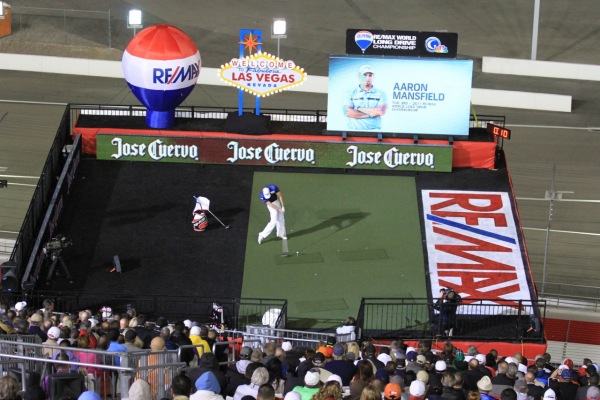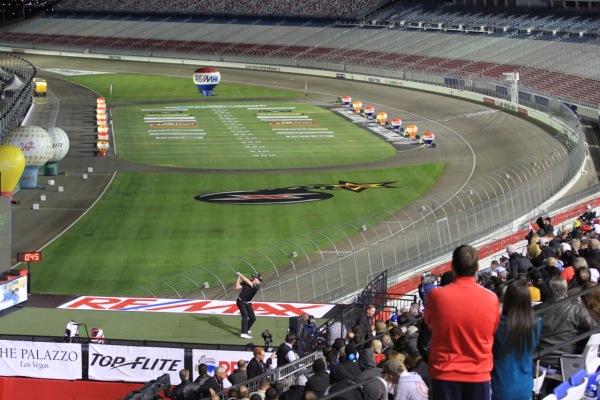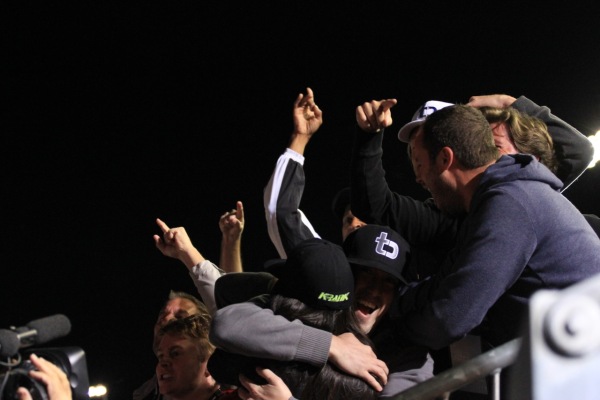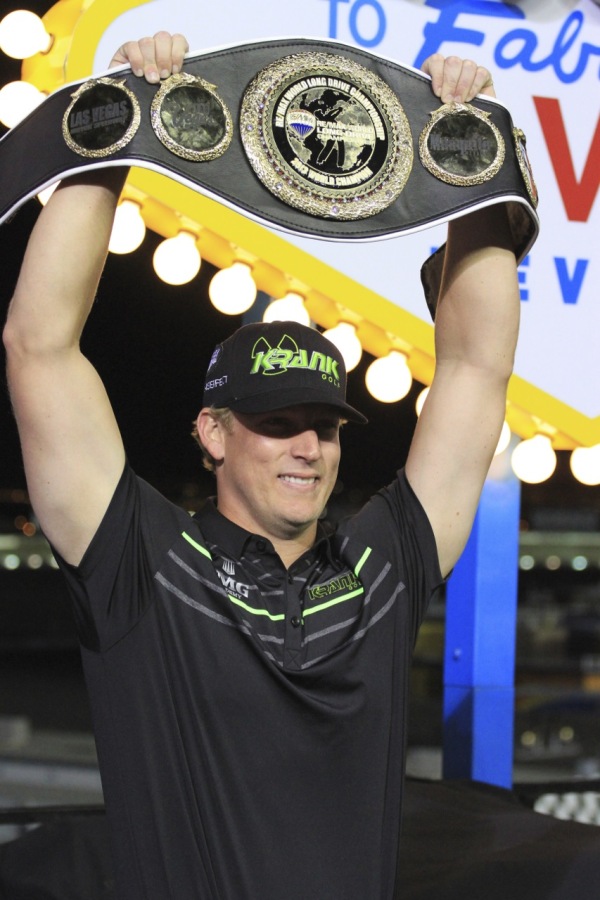When you come to think of it that is the secret of most of the great holes all over the world. They all have some kind of a twist. C.B. MACDONALD
WSJ: Golf's "Ugly Season"
/Beman: “No evidence that bifurcation would hurt the game"
/Scary GIF: Tiger Woods Hitting A Tree Branch
/USGA's Pace Of Play Symposium Roundup
/Bring Long Drive To The Olympics!
/In this week's Golf World I pen a column on last week's World Long Drive Championship in Las Vegas and while the new live, primetime edition still has some kinks to work out, the event was a super start on the path to something bigger.
Since the current Olympic golf format of 72-holes-of-stroke-play iss my preferred method of inducing deep naps, the column floats the idea of making Long Drive the next Beach Volleyball and adding it as an Olympic sport. Ty, this is my early Christmas gift to you, lover of skill competitions that you are!
In the column, make sure to note the input from former USGA Executive Director David Fay. Yet another reminder that there are no new ideas, just ones of the recycled 100-year-old variety.
A few photos from a festive and exciting night at Las Vegas Motor Speedway:
This Week In Golf Channel Ratings: WGC Nabs A .2, Still Can't Beat Champions Tour, Big Break Or Long Drive
/Golf Digest Best New: Fast And Firm Has Arrived
/Ron Whitten unveils Golf Digest's annual Best New, which thanks to the economy remains more of a celebration of the few quality projects that managed to conclude with a new or revitalized course.  There's a slideshow of all the named courses here, but more interesting is Whitten's take that the changing of the guard is complete: "Old golf-course architects never fade away; they just lose their draw."
There's a slideshow of all the named courses here, but more interesting is Whitten's take that the changing of the guard is complete: "Old golf-course architects never fade away; they just lose their draw."
Citing Tom Doak as his mythical architect of the year and naming Gil Hanse and Coore and Crenshaw as part of the changing guard, he writes:
How did this New Wave upset the Establishment architects? Mainly because of a fundamental shift in how American golfers play the game. For decades, golf in America was an aerial game. Turf conditions were green, lush and uniform, a concession mostly to housing developers who financed most course projects.
Those conditions demanded long carries and afforded little roll. Subsequently, club manufacturers developed equipment meant to get the ball in the air and keep it there for as long as possible. Instructors taught methodology aimed at the same goal.
Then along came the upstarts, led by Doak, who embraced the Scottish/Irish (and early American) standard of drier turf and bounce-and-roll golf. The ideal, Doak has pointed out, would be to have fairway approaches into greens be firmer than the putting surfaces, but across America, just the opposite had been the norm for decades. The Doak formula was not immediately accepted in America; in many climates, firm and fast seemed impossible to achieve.
"Blurring the Line between Golf Bloggers and Traditional Writers"
/Chicago Duffer Adam Fonseca takes a look at the world of online golf writing and the reduction in print options for both established and aspiring writers. I'm quoted and frankly, I can't believe I used the platform word. Impactful and activate may be next.
 Interesting take from FoxSports.com's Robert Lusetich:
Interesting take from FoxSports.com's Robert Lusetich:
“The bottom line is that Old Media is finished,” Lusetich states. “New Media – including bloggers – will find a way to survive, as journals and newsletters did after the printing press was invented. The key is discovering how to make money from the enterprise, as it needs to be a business.
“Now it’s up to bloggers to find the money to make it work. It’s still evolving, but I think it’ll happen.”


